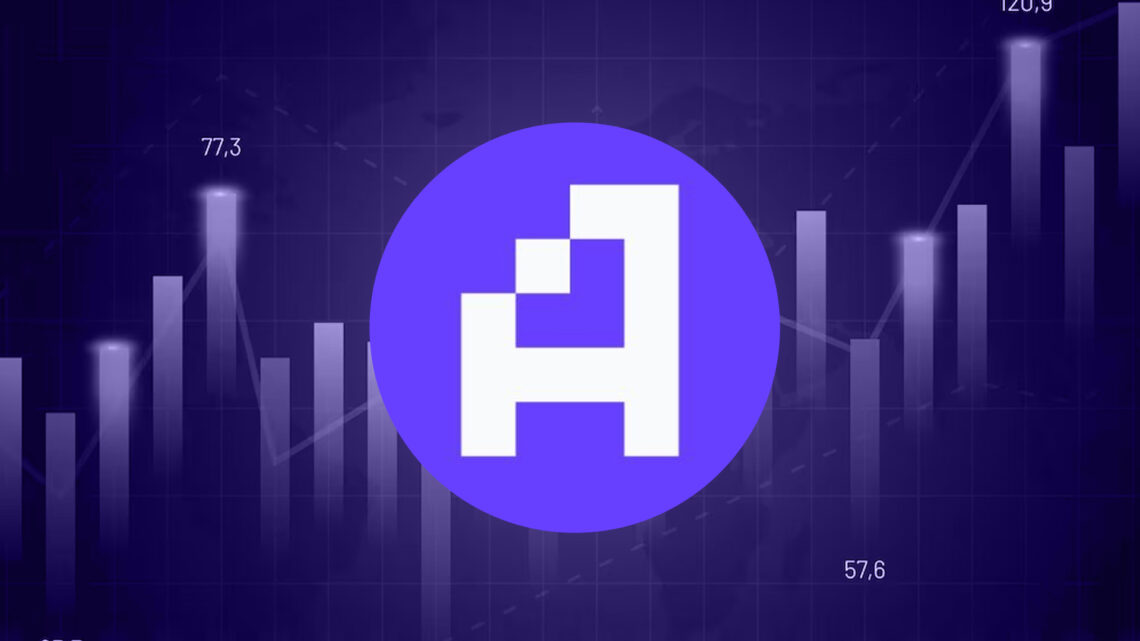- 1 Artemis is a crypto data platform that tracks and compares on-chain data of over 24 blockchains. These data are reviewed on its dashboard and can be arranged into a spreadsheet.
- 2 Artemis also provides analysis on developer activity, NFT transactions, and perpetual exchanges connected to the blockchains.
Blockchain data is transparent by design. Every transaction made on the network (whether it’s trading or updating to smart contracts) is recorded in groups called blocks. Each block is marked with a unique identifier and linked to the previous block. This makes hacking the network tedious because to corrupt data on a block, the hacker will have to change the records on the previous blocks.
To make blockchains more transparent, every record on the block is shared with everyone on the network ( called nodes). By doing this, the network is not just secure but gives crypto enthusiasts access to the data helping them make investment decisions.
Crypto analytic platforms use on-chain data to analyze blockchain performance.
What is Artemis
Artemis is a crypto analytic platform that sources, compares, and aggregates on-chain data into graphs and spreadsheets. It provides on-chain analysis of dApps, decentralized exchange, and Web3 protocols.
What metrics does Artemis track?
Artemis sources data from over 24 blockchains including Bitcoin, Ethereum, Solana, Fantom, and BNB chains. It compares their fundamentals, valuation, stablecoins, social media activities, and market data.
Under fundamentals, Artemis assesses daily active addresses and transactions, DEX volumes, and Total Value Locked (TVL) on each chain. The number of daily active addresses and transactions shows the size of the user base of the network. If the number of daily active addresses increases over a period, it means that more users are getting involved on the blockchain. This is an indication of a potential investment opportunity.
DEX volumes compare the level of transaction activity of each decentralized exchange connected to each blockchain. High DEX volume over a period indicates high liquidity of the chain.
Under the valuation category, Artemis compares the gas fee and revenue of Avalanche, Ethereum, Polygon, and Solana blockchain. A high fee means that you will pay more to transact on the blockchain. Generally, investors consider blockchains with low fees and high revenue.
Artemis also compares the growth of stablecoins in the US dollar and their market caps on Aptos, Avalanche, Ethereum, Solana, and Polygon blockchains.
Its social category tracks new Twitter followers of Avalanche, Aptos, Ethereum, Polygon, Solana, and Sul blockchains.
Under the Activity Monitor category, Artemis tracks trending applications and contracts on all 24 blockchains and reviews the growth of their active addresses over time.
Artemis also compares developer activity on Layer 1 ( Avalanche, BNB chain, Canto, Ethereum, Fantom, and Polygon blockchains) and Layer 2 blockchains (Arbitum, Base, and Optimism).
Artemis also tracks the trading volume, number of unique traders, and total value locked on 9 Perpetual Exchanges (including Synthetix, dYdX, and Perpetual Protocol).
These metrics are displayed on its dashboard and can also be accessed in the form of a spreadsheet. Artemis Sheet is a plugin that allows users to download on-chain data that has been aggregated into Microsoft Excel or Google Sheets. The sheet can be refreshed and shared in view-only mode.

Andrew is a blockchain developer who developed his interest in cryptocurrencies while pursuing his post-graduation major in blockchain development. He is a keen observer of details and shares his passion for writing, along with coding. His backend knowledge about blockchain helps him give a unique perspective to his writing skills, and a reliable craft at explaining the concepts such as blockchain programming, languages and token minting. He also frequently shares technical details and performance indicators of ICOs and IDOs.


 Home
Home News
News








